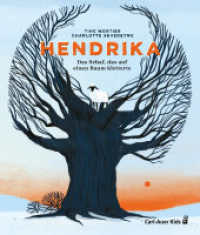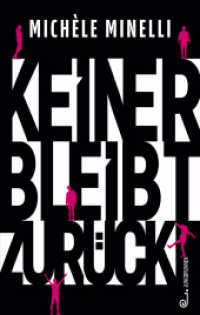Full Description
Developed by Bruno Latour and his collaborators, actor-network theory (ANT) offers crimes studies a worthy intellectual challenge. It requires us to take the performativity turn, consider the role of objects in our analysis and conceptualize all actants (human and non-human) as relational beings. Thus power is not the property of one party, but rather it is an effect of the relationships among actants. This innovative collection provides a series of empirical and theoretical contributions that shows: ¢ The importance of conceptualizing and analyzing technologies as crucial actants in crime and crime control. ¢ The many facets of ANT: its various uses, its theoretical blending with other approaches, its methodological implications for the field. ¢ The fruitfulness of ANT for studying technologies and crime studies: its potential and limitations for understanding the world and revamping crime studies research goals. Students, academics and policy-makers will benefit from reading this collection in order to explore criminology-related topics in a different way.
Contents
Introduction: Thinking through Networks, Reaching for Objects and Witnessing Facticity, Dominique Robert, Martin Dufresne; Chapter 1 Situational Crime Prevention in Nightlife Spaces: An ANT Examination of PAD Dogs and Doorwork, Jakob Demant, Ella Dilkes-Frayne; Chapter 2 Actor Network Theory and CCTV Development, Anne-Cécile Douillet, Laurence Dumoulin; Chapter 3 How Does a Gene in a Scientific Journal Affect My Future Behavior?, Martin Dufresne; Chapter 4 Making Crime Messy, Anita Lam; Chapter 5 Seeing Crime: ANT, Feminism and Images of Violence Against Women, Dawn Moore, Rashmee Singh; Chapter 6 Translating Critical Scholarship Out of the Academy: ANT, Deconstruction and Public Criminology, Michael Mopas; Chapter 7 Can Electricity Soothe the Savage Breast? What Tasers Do to the Police Use of Force, Cédric Moreau de Bellaing; Chapter 8 The Relevance of Actor-Network Theory (ANT) for Research on the Use of Genetic Analysis for Identification in Criminal Justice, Bertrand Renard; Chapter 9 The Factishes of DNA Identification: How a Scientist Speaks about His Craft to Politicians, Dominique Robert, Martin Dufresne;







